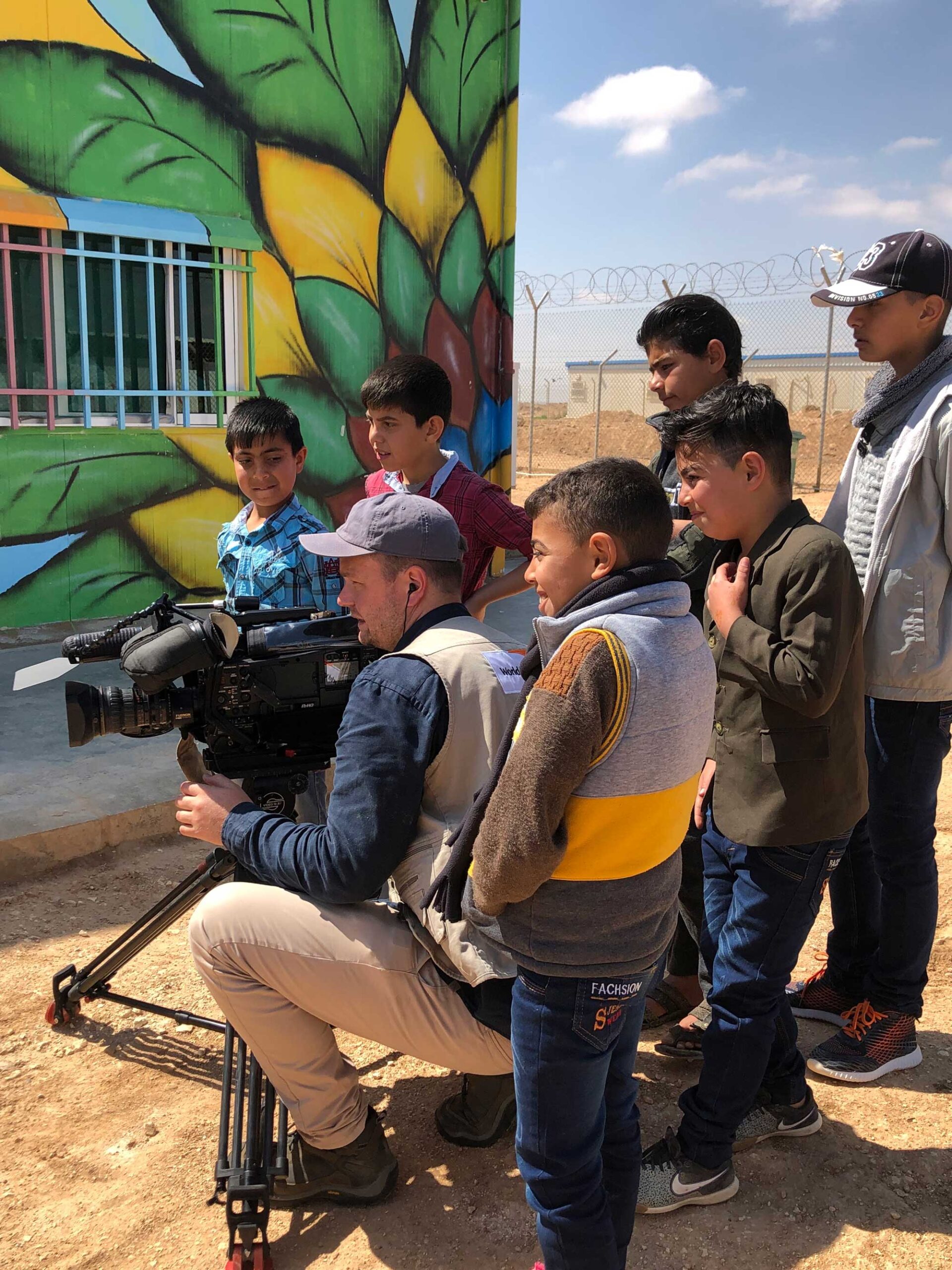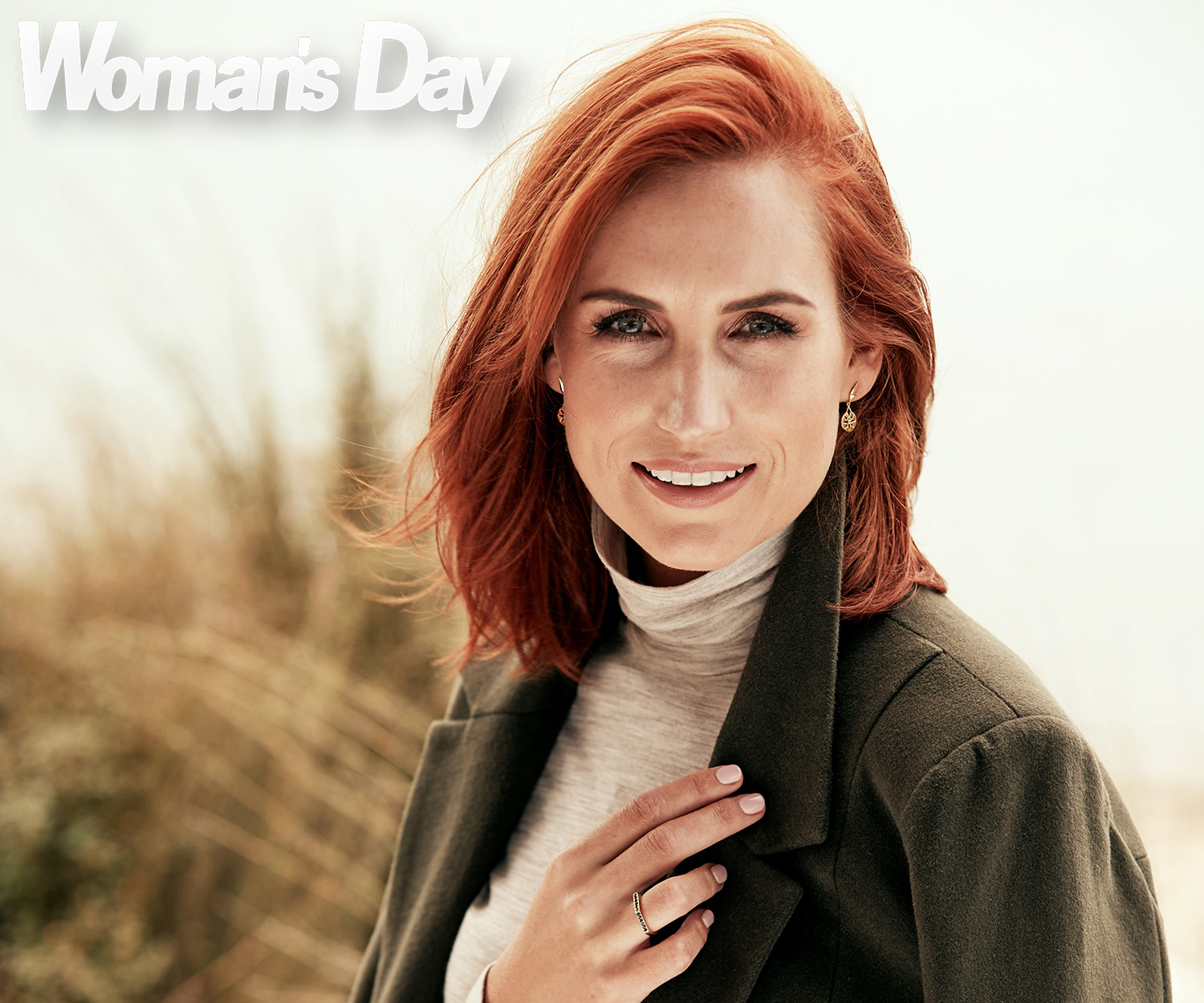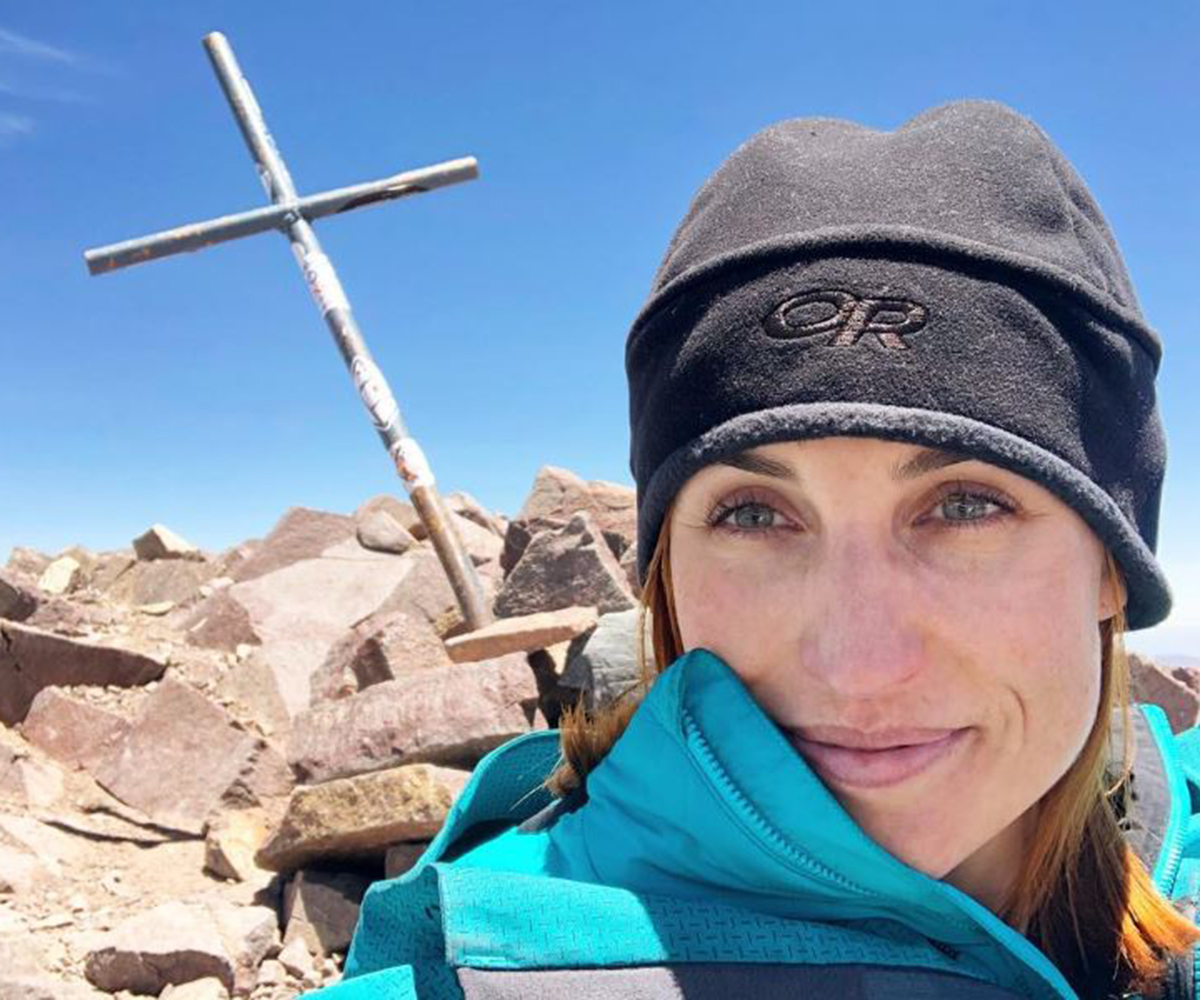At 4.30am my alarm went off in Lebanon’s Bekaa Valley. The plan was to get up, watch the story we were filing from the field one last time, make any final tweaks and send it to New Zealand.
My camera operator John Fleming and I were then going to drive to an informal tent settlement housing Syrian refugees and set up for a live cross into Newshub Live at 6pm and The Project. Our on-air time was 7am.
It was the eighth anniversary of the Syria conflict. Eight long years since the fighting and the bloodshed began, and many of the refugees I had spoken to here in neighbouring Lebanon and Jordan had been living in makeshift tents since the beginning of the war.

The informal tent settlement for Syrian refugees in Lebanon.
During those years, day-to-day life has become far worse, not better.
But early that morning messages and news notifications began pouring in. Something awful was happening. A terror attack was unfolding back home. I knocked on John’s door and we sat together watching Newshub’s live stream in stunned silence. We learned that six people were understood to have been killed in Christchurch.
Then 26 people. Then 40. It would be some time before we learned the true horror of what had happened. We watched hours and hours of coverage as disbelief turned into shock. The unthinkable had happened, terror had struck New Zealand.
Of course, our story on Syria’s refugees didn’t run that night. It wouldn’t for nearly two weeks as the country came to terms with the mass murder carried out by a gunman on a rampage.

Syrian refugee children.
The cost of war
I can’t explain how surreal it was to watch that terror attack unfold in New Zealand from a part of the world plagued by such events. Before heading away I attended a hostile environment training course in Australia. I couldn’t help but wish my colleagues in Christchurch had been on the course with me.
I travelled to the Middle East with World Vision to report on the ongoing Syrian refugee crisis. More than 5.6 million Syrians – half of them children – have fled into neighbouring countries, while 6.2 million more have been internally displaced. March saw Islamic State defeated in its last territorial stronghold, Baghuz, but those loyal to the extremists remain in pockets dotted around the country.
And while President Bashar al-Assad has regained control of most of Syria, anti-government forces are preparing for a final showdown in the northern city of Idlib. It will be bloody.

The United Nations stopped officially counting the number of Syrians killed in the conflict in 2014. With little access to much of the war-torn country it could no longer trust its own data. The death toll then was 400,000, estimates today put it at almost half a million, but I wonder if it’s actually much, much higher. Officially, there have been 7000 children killed, an unthinkable tragedy.
Unverified reports put that number far beyond 20,000. While in Jordan and Lebanon I wanted to speak to as many children as possible. I wanted their perspective on the war and I thought by telling their stories, people back home might reconnect with the tragedy that had in many ways become old news. For the children of this war, of course, it is inescapably still their everyday life.
The conversations I had with Syrian children were heartbreaking. They’re not sheltered from the realities of the war, as I had perhaps naïvely hoped. They hear what the adults are talking about.
They remember the bombs in their hometowns. They know exactly what is going on.

In perspective
In a tent settlement in Lebanon, surrounded by mud, stray cats and homes made from old billboard plastic (they have the weirdest wallpaper, one aid worker remarked to me) I spoke to eight-year-old Habiba. Her name means “my love” in Arabic but her entire life, all she’s ever known, is war. She tells me she feels sad and scared.
“I feel like the violence [in Syria] is increasing. Instead of decreasing, it’s just getting bigger.”
In a conversation that felt like it was with an adult, not a child, Habiba added, “I hear that the war is about to end and that never happens.”
Habiba and her family – Mum, Dad and three siblings – are from Aleppo, a city now reduced to rubble. It’s a fate suffered by many towns and cities in Syria, regardless, there is growing pressure for the millions of refugees who flooded into neighbouring countries to return home.

A feeling that the war is coming to an end and donor fatigue means support for them – both political and economic – is drastically reducing.
I asked every Syrian refugee I spoke to if they wanted to go home. Every single one of them said no, not now, maybe never.
There is a desire to go home, but palpable fear at the prospect of doing so anytime soon. Surveys by the United Nations back this up. Seventy-six percent of Syrian refugees surveyed said they did want to return to Syria one day.

Kids at the camp; many children have grown up knowing only war.
However, 85% said they had no intention of doing so in the next 12 months. While there have been a small number of verified, voluntary returns (56,000, which is just one percent of the population currently living in neighbouring countries), there are also reports of families having to leave and become refugees once again, because it is simply not yet safe enough in Syria.
And who would want to go back when there is little infrastructure, with schools and hospitals destroyed and no prospect of employment? Who would want to go back when they still fear for their children’s safety? And the children don’t want to go back either.

Present worries
Seven-year-old Mohammad has lived in the city-sized Zaatari refugee camp in Jordan, 30km from the border with Syria, for five years. He’s one of 80,000 Syrian refugees who call the camp home.
I watched as Mohammad and a group of boys kicked a ball around – just like Kiwi kids would – although in New Zealand the backdrop probably wouldn’t include razor wire or armed police on patrol.
Mohammad sat down with me speaking carefully and intelligently through a translator. His expression is one of deep sadness as he tells me why he and his family had to leave Syria.
“Because there are a lot of bombs there,” he said. “If we stay there we will die.”
Sitting next to Mohammad on the dusty concrete is six-year-old Omar. Like many of the younger children he tells me he gets scared when he hears planes overhead.
“We think that there is a war,” he says.

It reminds him of what he saw in Syria and what is still happening there today. Both boys say they feel frightened when they hear talk of returning home.
“I feel so scared about going there again. There are bombs,” said Mohammad. As he says it, Omar uses his little hands to mimic a bomb exploding.
It makes me blink back tears. But Omar and Mohammad’s families may not be able to stay here in Jordan either. Even wealthy Syrians who fled with assets and savings have spent or sold everything in the ensuing years of hardship. It means their situation today is often far worse than when they crossed the border seeking safety.
World Vision’s head of Jordan response, Steffen Schwarz, tells me his main concern is the future of the Zaatari refugee camp, little Mohammad and Omar’s home. He’s acutely aware that the international support and donations the camp relies on are drastically reducing. His budget has holes in it that will take millions of dollars, possibly tens of millions, to fill and without funding the refugees may be forced out, before they’re ready to return to Syria.
“In some places [in Syria] entire neighbourhoods have disappeared, people have lost all their property, people have lost family on the other side and people will wonder if they should ever return, to be honest,” says Steffan.

A group of children playing in the camp.
World Vision New Zealand chief executive Grant Bayldon, who travelled with us, agreed that fundraising for the crisis is getting much harder. “What we’re seeing is eight years on donor interest is starting to wane and frankly, it’s getting more and more difficult to raise funds for needs that are still here and those needs are huge.”
But there is hope. World Vision are determined to keep their support programmes running for Syrian refugees. And the children I’ve met have also shown a deep resilience and beautifully child-like optimism. Despite the hopelessness of their situation, little food and few opportunities they still have big dreams. Mohammad wants to be an engineer. World Vision says they hear that often. The children tell them they want to rebuild their broken country. Omar wants to be an engineer too, like his uncle.
Hussein, 11, a victim of child labour who works 12 hours a day in Lebanon to help support his family, wants to be a doctor, so he can help his family when they get sick. Habiba wants to be a teacher, a painter, an engineer or an astronaut.

Future hopes
They are war-weary, but they are still children with a capacity to imagine a world and life beyond the hardship they have endured. March 15 will go down in New Zealand history as the date of the Christchurch mosque attacks.
When it comes time to mark the one-year anniversary of that tragedy I hope we will be able to say the Syrian war never made it to its next anniversary. That peace prevailed and that preparations are underway for the millions of refugees to safely return home, when – and only when – they are ready.
* To help children in crisis, go to worldvision.org.nz/childrenincrisis or call 0800 800 776.


